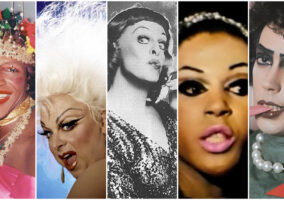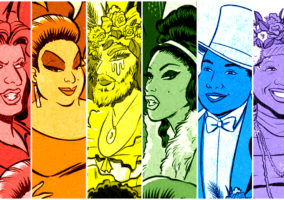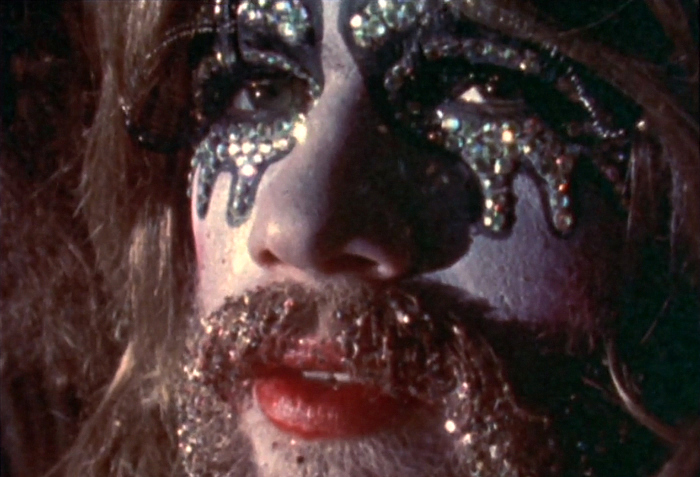
Of all the legendary people covered in our book – and there are a LOT – if you asked us to list our favorites, Hibiscus would absolutely be in our Top Five. We’re not even sure we could tell you why. Was it the anarchy? The trash-glamour? The acid-fueled freedom of expression? The way he embodied a particular strain of drag completely native and unique to San Francisco, one of the drag capitals of the United States? The messianic undertones (which he freely encouraged)? It’s all that, yes. But we think the main reason he fascinates us so much was his uncanny ability to center himself at pivotal moments or important cultural happenings. Hibiscus always knew where things were heading in the culture and always seemed to wind up in influential positions as the zeitgeist changed around him.
Born George Harris in 1949, he grew up in a family of entertainers and performers, which imbued him with a natural charisma and the confidence to go out into the world with the sole purpose of challenging it through self-expression. He made an immortal impression almost immediately. In October of 1967, on a trip west to resettle in San Francisco (as one did when one was 18 years old, gay and bohemian in 1967), he stopped at an anti-war protest at the Pentagon in Washington, D.C. The plan was to levitate it because – did we mention it was 1967? Anyway, there’s a famous picture – possibly even one of the most famous pictures of all time. You’ve seen it. It’s the one with the MPs pointing rifles at a cute floppy-haired blond guy sticking carnations down the barrels. That’s George. He no sooner stepped out the door and into the world when he helped create one of the indelible and defining moments of his generation. And he was just getting started.
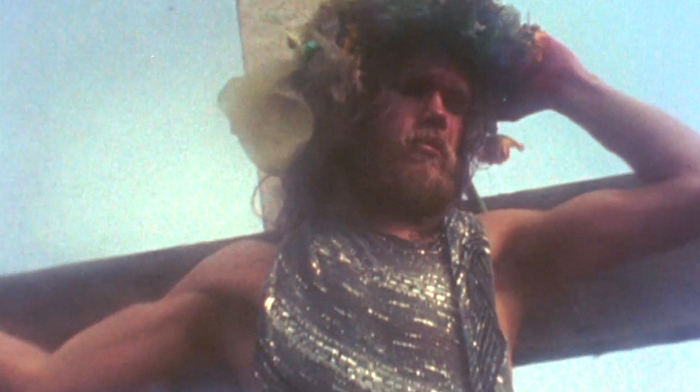
Upon hitting San Francisco, he grew out his hair, grew out his beard and in full hippy Jesus mode, settled into a commune and started performing his own brand of glitter-infused, flower-power-heavy, trashpicked, acid-fueled counterculture drag. He chose the name Hibiscus for himself – Did we mention it was 1967 in San Francisco? – and formed his own drag performing troupe of counterculture freaks called The Cockettes, a pangender, pansexual, totally queer collection of attention-seekers and bohemians who paraded through the streets in glitter and pineapple bras, putting on performances for anyone who’d stop long enough to pay attention. And people? They paid attention.
How could they not? The Cockettes eventually wound up on stage, at the Pagoda Palace Theater, performing little skits and kickline revues at the midnight movie showings to increasingly ecstatic crowds, eventually mounting full-blown shows with titles like “Gone with the Showboat to Oklahoma,” “Journey to the Center of Uranus,” or “Tinsel Tarts in a Hot Coma.” Their drag and performing style was parodic and anarchic. Hibiscus encouraged the troupe to spurn the idea of payment for their art and give themselves over to total freedom and creativity, in the spirit of the times. The popularity of the Cockettes grew and they started to become heard of far outside the boundaries of the emerald city of San Francisco. By 1971, they’d made an underground cult film called Tricia’s Wedding, a parody of the wedding of First Daughter Tricia Nixon, featuring drag performances of all of the still-living First Ladies (Jackie’s a bitch and Lady Bird’s a hick) and featured future disco superstar Sylvester (who had by now become a featured member of the troupe) as Coretta Scott King. The entire thing is offensive as fuck, as anarchic as a drag queen hippy acid-freak, and kind of hilarious in its audacity. Supposedly H.R. Haldeman, Chief of Staff of the Nixon White House screened it for staff members.
The Cockettes were invited to put on a show for the creme de le creme of New York theater audiences. In 1971, their debut in New York was a legendary disaster, with notable figures like Angela Lansbury and Andy Warhol storming out. The Cockettes, you see, had spent virtually all of their time in the city going to every party that invited them – and everyone invited them; hungry for a little taste of that legendary San Francisco counterculture from the perch of their penthouses and townhouses. Sylvester was heard to go around apologizing to audience members beforehand because he knew no one in the group had rehearsed and almost everyone was strung out or hung over. New York and San Francisco have always had very different drag traditions. New York drag is theater, cabaret, club and fashion-inspired. San Francisco drag has a long history of anarchy and deep political involvement, of shattering norms and refusing expectations. The Cockettes were probably never going to wow the audiences of New York. They returned to their beloved San Francisco and the welcoming arms of the people who understood them best. Not long after, they invited Divine to join them and hosted her for several shows very early in her career, well before she became a household name.
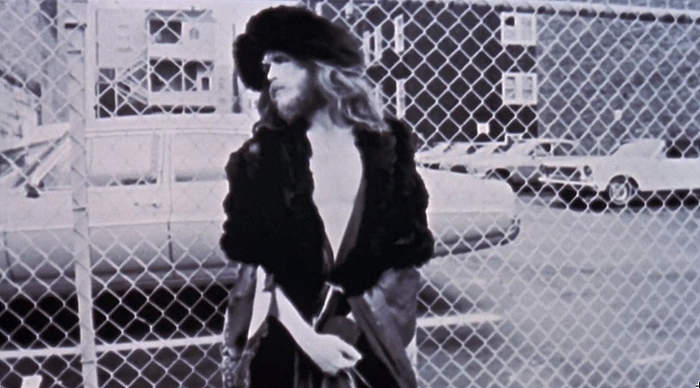
But Hibiscus was gone at this point. With that sense of knowing when to move on, he’d left the group because they increasingly wanted to get paid for their performances and he was still resistant to such concerns. Eventually, he returned to New York and founded the Angels of Light theater company, which hosted performances by none other than Marsha P. Johnson with her act Hot Peaches. Later, he founded a glam punk band called Hibiscus and the Screaming Violets. He was always seeking out the next form of expression, the hottest trends in art and culture, and the scenes where it was all happening. He crossed paths with Sylvester, Divine, Marsha P. Johnson, passing through the underground hippy scene of San Francisco and the underground theater scene of New York, inspiring people to free themselves of their constraints and hangups; to make work that shocked and scared people; work that got scrutinized at the highest levels of power, that caused the Beautiful People to walk out in disgust, that inspired entire generations of queer and anarchy-minded performers to tune in, turn on and do drag to their heart’s content.
George Harris eventually ditched the Hibiscus drag for a mainstream career in acting (he had the face of a leading man under the Jesus glitter) and had made several television appearances when he died of AIDS complications in 1982. Imagine what he could have discovered and uncovered had he been given more time on this glitter-hungry plane of existence.
You can watch the great 2002 documentary about Hibiscus and his legendary drag troupe The Cockettes (highly recommended) on Prime Video. And for the deeply curious and those who love incredibly bad taste, you can rent Tricia’s Wedding here. You can read about and watch the underground film Luminous Procuress, directed by Steven Arnold in 1971, starring Hibiscus and The Cockettes here. You can view Hibiscus’s unbridled, glitter-heavy creativity by viewing pages of his amazing and charming scrapbook here.
Rihanna at the Fenty Pop Up Store Event in NYC Next Post:
Lily James in Burberry at the “Yesterday” London Premiere
Please review our Community Guidelines before posting a comment. Thank you!

